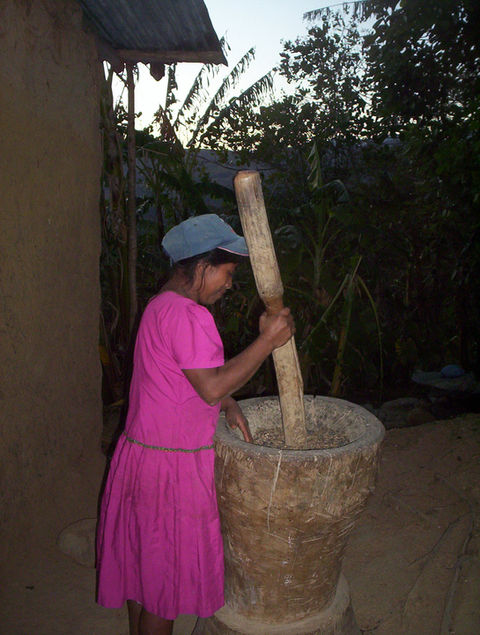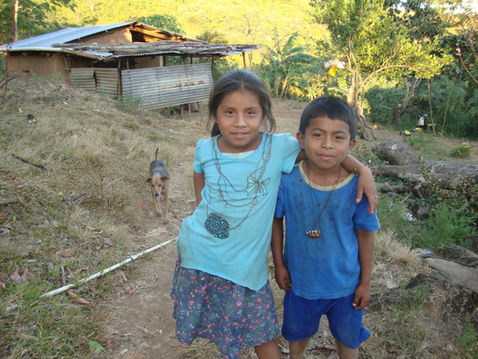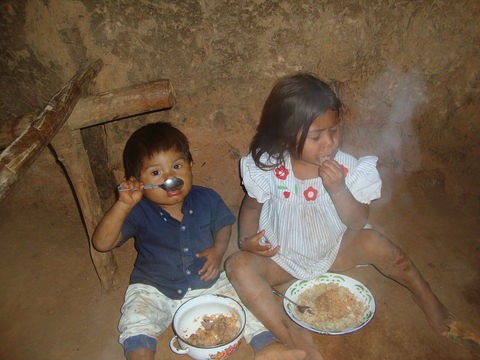What we do
Native Future is committed to supporting Ngäbe-Buglé students with scholarships to increase access to higher education.
WHO
Panamas largest Indigenous tribe
The Ngäbe and Buglé are two separate ethnology-linguistic groups located in the central highlands of the Western provinces of Panama, speaking Ngäbere and Buglere respectively of the Chibchan language family.
With erosion-prone farm land, harsh climactic and soil conditions, families struggle to a sustain themselves.
The fine arts they craft are closely related to their daily life: knitted bags, chácaras, and hats made from native fibers, along with necklaces woven with seeds and natural threads.
WHERE

STATS
91.7% of the Ngäbe population lives in extreme poverty (less than $2/day)(2010)[1]
$429 is the Ngäbe family average yearly income[1]
30.8% of the people in the Comarca Ngäbe-Buglé were illiterate in 2010[2]
HISTORY
Located along the continental divide these two groups have struggled for their survival since the Spanish arrival in the 1500s. Just as Panama’s five other indigenous tribes in Eastern Panama were forced from fertile lands, the Ngäbe and Buglé were forced to retreat, and for these two groups it was to the isolated central highlands. Once more numerous than the Ngäbe, the Buglé fought the Spaniards fiercely and the population was decimated.
Now reduced to about 26,000, the Buglé live in the most remote areas of Veraguas and are among the most impoverished of all Panama’s population. About 260,000 Ngäbe now make up Panama’s largest indigenous tribe, living in the Western provinces of Chiriquí, Veraguas, and Bocas del Toro. In March of 1997, following a 100 year struggle by the two groups to have the Panamanian government recognize their territory, the Comarca Ngäbe-Buglé was established and a regional constitution granted.











